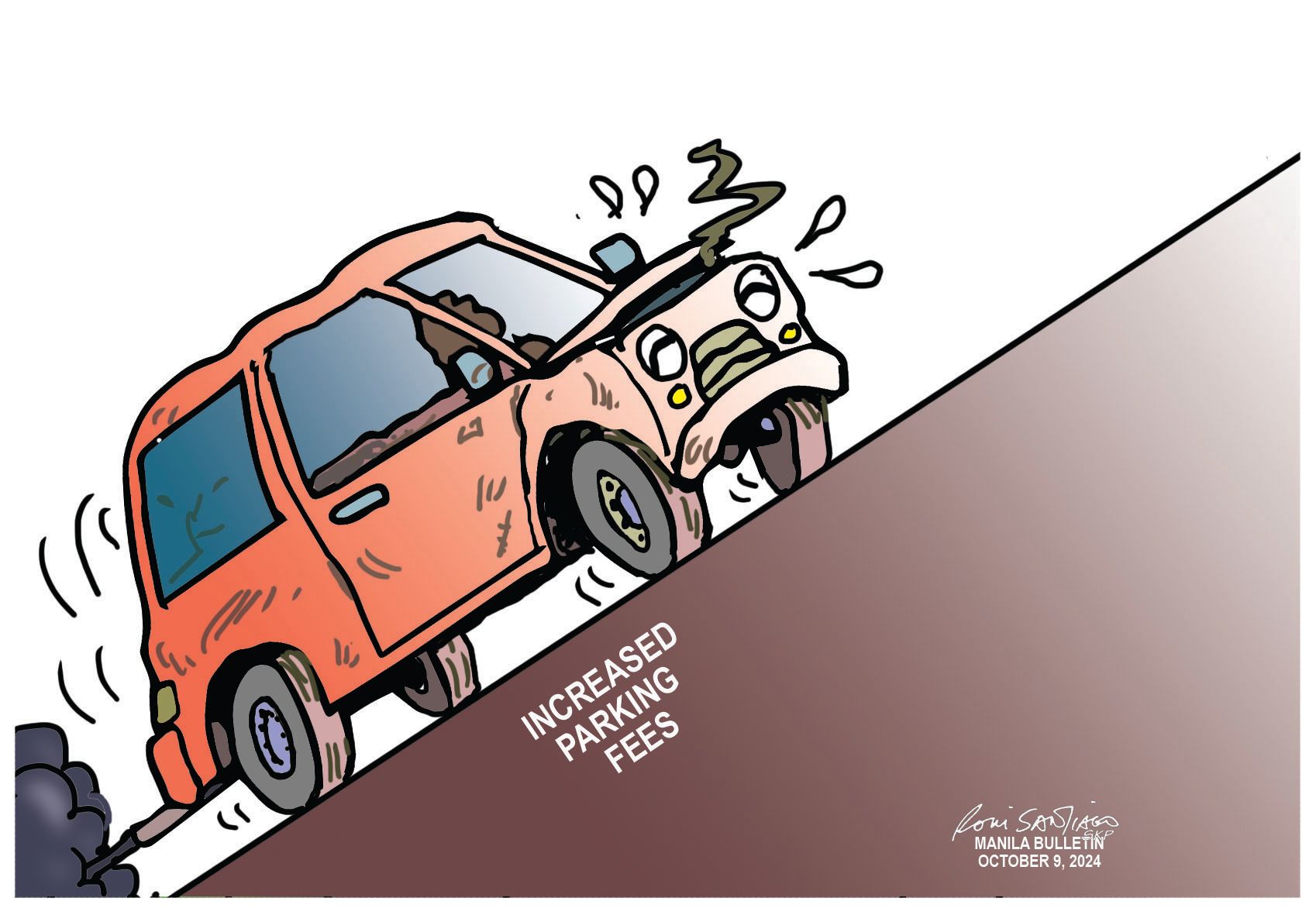
Privatization has long been touted as a means to enhance efficiency, improve services, and foster innovation.
This is why the public was looking forward with a lot of optimism when the government decided to privatize the operations of the Ninoy Aquino International Airport (NAIA), which has been considered among the worst airports in the world.
And there is enough reason to be optimistic.
Look at London Heathrow Airport in the United Kingdom, Sydney Airport in Australia, Brussels Airport in Belgium, and Mumbai Chhatrapati Shivaji Maharaj International Airport in India. They were all privatized. These examples illustrate how privatization can lead to significant changes in airport management and operations, often aiming to enhance efficiency and service quality.
It’s too early to assess the impact of the privatization of NAIA operations. However, privatizing it could also bring challenges, especially regarding cost increases for users.
The recent changes implemented by the San Miguel Corporation-led consortium, New NAIA Infrastructure Corporation (NNIC), have sparked a debate on whether benefits outweigh the downsides of privatization, particularly for the most vulnerable segments of society.
What are the upsides of privatizing NAIA operations? The NNIC has committed to investing approximately ₱144 billion to rehabilitate and modernize the NAIA under the 15-year concession agreement. This investment aims to transform the airport into a world-class facility, enhancing the overall passenger experience and increasing capacity.
The new management at NAIA is expected to streamline processes, reduce delays, and improve the overall functionality of the airport.
These improvements are expected to improve economic growth as enhanced airport facilities can attract more airlines and passengers, boosting tourism and business travel. This, in turn, can stimulate economic growth and create job opportunities.
At this early stage, the downside of privatizing NAIA has already surfaced. The most immediate impact of privatizing the country's premier gateway is the significant rise in fees. Parking fees have increased substantially, with cars now charged ₱50 for the first two hours and ₱25 for each additional hour, ₱480 per motorcycle, and ₱2,400 for a bus. Overnight parking fees have also seen a steep rise, ₱1,200 from ₱300. These increased parking rates affect airline employees, passengers and their relatives.
There is also the increase in aircraft landing and takeoff fees that will most likely be passed on to passengers through higher airfares. This could make air travel less affordable, particularly for budget-conscious travelers.
The new curbside overstaying fees and other charges disproportionately affect poor passengers and their relatives. These individuals often rely on affordable travel options and may find the increased costs prohibitive.
While privatization brings the promise of improved infrastructure and services, it also raises concerns about accessibility and affordability. The challenge for the New NAIA Infrastructure Corporation is to strike a balance between modernizing the airport and ensuring that it remains accessible to all segments of society. We express hope that the modernization of NAIA will not marginalize poor passengers and their relatives. As the debate continues, it is crucial to consider the voices of those most affected by these changes and to seek solutions that promote both progress and inclusivity.